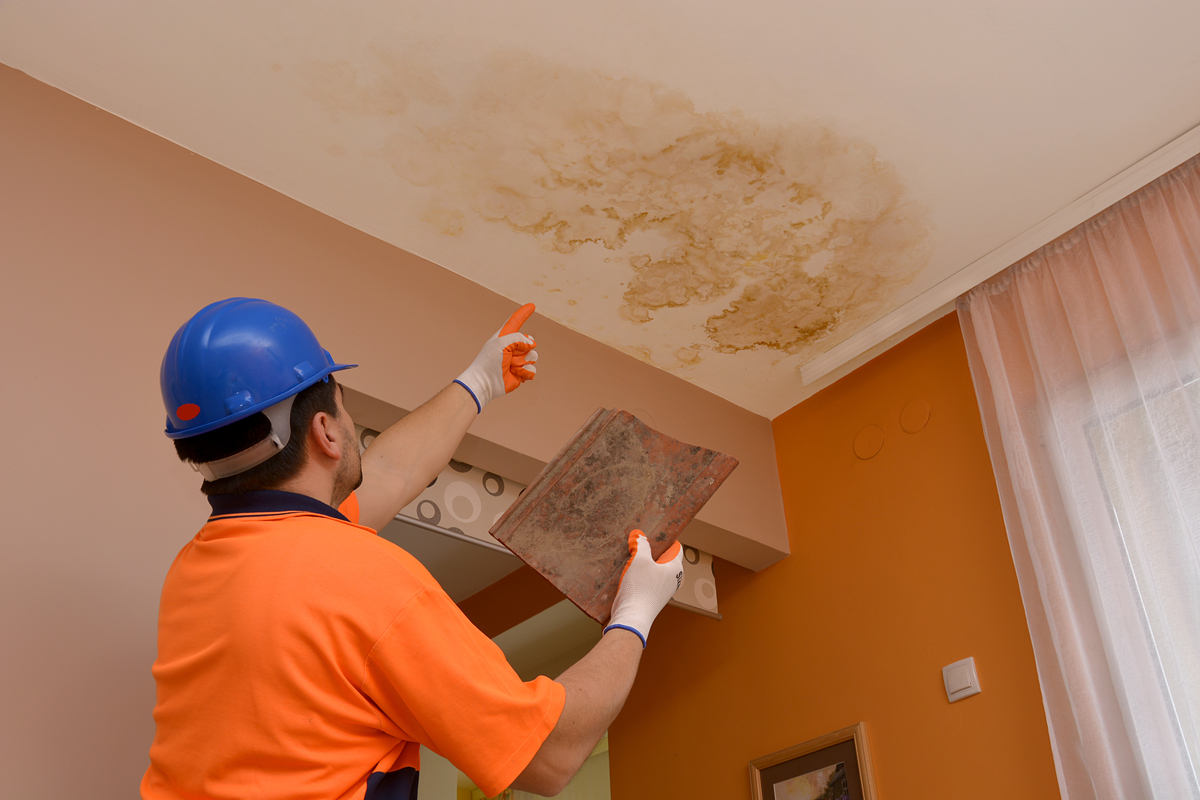Pinpoint Six of The Principal Causes for Water Leaks in Your Home
Pinpoint Six of The Principal Causes for Water Leaks in Your Home
Blog Article
This post listed below on the subject of How to detect water leaks in your home is extremely compelling. Give it a try and make your own personal final thoughts.

Leakages not only trigger waste of water yet can also trigger unneeded damage to your residence and also advertise undesirable natural development. However, water leakages could go undetected since most of the pipework in our home is concealed. By understanding and looking for everyday scenarios that trigger leakages, you can secure your house from future leakages and unnecessary damages. Today, we will certainly take a look at six leakage causes that might be causing your pipelines to drip.
Trespassing roots
A lot of water leaks start outside your house as opposed to inside it. If you see a sudden decrease in water pressure, say in your faucet, take time to head out and also analyze your backyard. You could notice wet patches or sinkholes in your yard, and that may suggest that tree roots are getting into water lines triggering water to permeate out. You can have your plumber check for invasion, specifically if you have trees or hedges near your residential or commercial property.
Corroded water supply
This could be the reason of staining or warping on your water pipes. If our plumbing system is old, consider changing the pipelines because they are at a greater threat of corrosion than the newer models.
Faulty Pipe Joints
The factor at which your pipes link is frequently the weakest link in the waterline. Pipeline joints can degrade over time, leading to water leakages. However, most of pipeline joints are not easily visible. If you have loud pipes that make ticking or banging noises, especially when the hot water is activated, your pipe joints are probably under a lot of stress. It is suggested to have your plumber evaluate your system yearly.
Instantaneous temperature level modifications.
Extreme temperature level modifications in our pipelines can trigger them to increase and also contract suddenly. This growth and also tightening might trigger cracks in the pipes, specifically if the temperature are below freezing. It would certainly be best if you kept an eye on how your plumbing works. The existence of the previously stated scenarios frequently indicates a high threat.
Poor Water Connectors
At times, a leak can be caused by loose hoses and pipelines that supply your devices. In situation of a water links leak, you might see water running straight from the supply line or puddles around your devices.
Clogged Drains
Obstructed drains might be bothersome and also inconveniencing, yet they can in some cases end up triggering an overflow bring about break pipes. Keep removing any materials that may go down your drains that could clog them to avoid such inconveniences.
All the above are reasons for leakages yet not all water leakages arise from plumbing leaks; some leaks might originate from roof covering leakages. All leakages ought to be repaired immediately to avoid water damage.
Leaks not only create waste of water yet can also create unnecessary damage to your residence and also promote unwanted natural growth. By understanding and also looking for daily circumstances that create leaks, you can protect your residence from future leaks and also unneeded damage. Today, we will certainly look at six leakage causes that might be triggering your pipelines to drip.
At times, a leakage can be caused by loosened hose pipes and also pipes that provide your appliances. In situation of a water links leak, you may see water running directly from the supply line or puddles around your devices.
How To Check For Water Leak In Your Home
How To Check for Leaks
The average household's leaks can account for nearly 10,000 gallons of water wasted every year and ten percent of homes have leaks that waste 90 gallons or more per day. Common types of leaks found in the home are worn toilet flappers, dripping faucets, and other leaking valves. These types of leaks are often easy to fix, requiring only a few tools and hardware that can pay for themselves in water savings. Fixing easily corrected household water leaks can save homeowners about 10 percent on their water bills.
To check for leaks in your home, you first need to determine whether you're wasting water and then identify the source of the leak. Here are some tips for finding leaks:
Take a look at your water usage during a colder month, such as January or February. If a family of four exceeds 12,000 gallons per month, there are serious leaks.
Check your water meter before and after a two-hour period when no water is being used. If the meter changes at all, you probably have a leak.
Identify toilet leaks by placing a drop of food coloring in the toilet tank. If any color shows up in the bowl after 10 minutes, you have a leak. (Be sure to flush immediately after the experiment to avoid staining the tank.)
Examine faucet gaskets and pipe fittings for any water on the outside of the pipe to check for surface leaks.
Undetected water leaks can happen without the home or business owner even realizing. If you suspect a water leak, but not able to find the source. It is time to contact a professional water leak detection service, The Leak Doctor.
How To Find a Water Leak In Your Home
https://www.leakdoctor.com/blog/How-To-Check-For-Water-Leak-In-Your-Home_AE197.html
We hope you enjoyed reading our piece on How Fast Water Damage Can Ruin Your Home. Thanks for finding the time to browse our short article. In case you enjoyed our blog entry please don't forget to pass it around. We value reading our article about How Fast Water Damage Can Ruin Your Home.
Quick and efficient? Ring us! Report this page